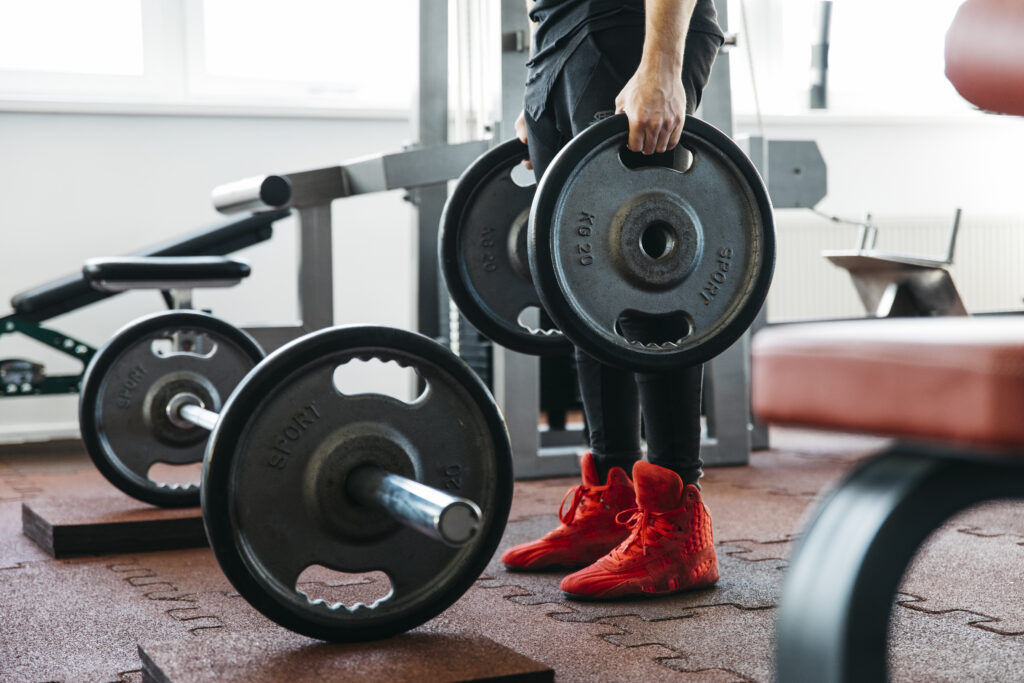If you’ve ever felt like 30 minutes at the gym just isn’t enough to make progress, you’re not alone. But new research and training methodologies suggest that short, high-quality strength workouts—lasting just 30 minutes—can still yield significant gains in both muscle size and strength.
In a world of busy schedules, understanding how to train smarter, not just longer, is key. So, does time really equal results? Or is intensity and volume what truly matters?
What Actually Drives Muscle Growth and Strength?
To understand how a shorter workout might work, let’s look at the foundations of strength and hypertrophy. Research shows that muscle growth is primarily driven by:
- Mechanical tension
- Muscle damage
- Metabolic stress
- Progressive overload
These elements can be manipulated in less time if training is focused and structured properly.
According to Schoenfeld et al. (2016), training volume—the total amount of weight lifted over sets and reps—is a key driver of muscle growth. But volume doesn’t have to be crammed into a single long session. You can achieve comparable results by spreading volume across multiple short workouts per week (Schoenfeld, 2016).
Studies Support Short Workouts for Strength and Size
Several recent studies suggest that shorter workouts can be just as effective as longer ones—if properly programmed.
A 2022 study by Androulakis-Korakakis et al., published in Sports Medicine, found that when training volume was equalized, individuals performing brief high-effort sessions (~13–30 minutes) gained similar strength and size compared to those doing longer workouts.
Another meta-analysis by Baz-Valle et al. (2022) in Journal of Sports Sciences showed that low-volume training (as few as 4 sets per muscle group per week) could still produce noticeable muscle growth, especially in recreational lifters and beginners.
How to Make 30-Minute Strength Workouts Work
To maximize the efficiency of a shorter session, you need to dial in a few key variables:
1. Focus on Compound Movements
Exercises like squats, deadlifts, push-ups, pull-ups, and rows target multiple muscle groups, delivering more results per rep. This increases your time efficiency and training stimulus.
2. Use Supersets or Circuits
Pairing opposing muscle groups (e.g., chest/back or quads/hamstrings) in supersets minimizes rest time while maintaining intensity.
3. Push Close to Failure
Training to near-muscular failure increases motor unit recruitment, enhancing muscle growth even with lighter loads and fewer sets (Schoenfeld, 2021).
4. Minimize Rest Between Sets
Keep rest periods between 30–60 seconds to keep intensity high and metabolic stress elevated—an important driver of hypertrophy.
Example 30-Minute Strength Workout (Full Body)
| Exercise | Sets x Reps | Rest |
|---|---|---|
| Goblet Squats | 4 x 10 | 30 sec |
| Dumbbell Bench Press | 4 x 8 | Superset |
| Bent-Over Rows | 4 x 8 | 30 sec |
| Plank to Push-Up | 3 x 30 sec | 30 sec |
Total Time: ~28–32 minutes
Target: Full body, ~80–90% of weekly volume for beginners
Who Benefits Most from 30-Minute Workouts?
- Busy professionals and parents
- Older adults with reduced recovery ability
- Beginners or recreational lifters
- Anyone looking for workout consistency without burnout
These time-efficient workouts also reduce injury risk by avoiding excessive fatigue while maintaining training frequency, which is a key factor in long-term progress.
The Takeaway: It’s Not About How Long You Train—It’s About How You Train
You don’t need to live in the gym to get stronger or build muscle. Thirty focused minutes, 3–4 times per week, can lead to significant improvements in strength and physique, especially if you train with purpose and consistency.
So next time you’re short on time, skip the guilt—and hit a smart, high-intensity 30-minute session. Your muscles don’t know how long you train. They only know how hard you train.
Jefit: Your Ultimate Strength Training Companion
If you’re committed to building muscle, gaining strength, and tracking your progress effectively in 2025, the Jefit strength training app is the essential tool to help you crush your fitness goals. With over 20 million downloads and 12+ million active users, Jefit ranks among the best strength training apps available today. Named the Best Fitness App of 2024 and featured in Men’s Health, PC Magazine, and USA TODAY, Jefit combines expert-built workout programs, advanced gym performance tracking, and a supportive community to help you stay accountable and motivated. Whether you’re looking to follow a scientifically-backed muscle-building plan, monitor your lifting progress, or optimize your training intensity, Jefit gives you everything you need — all in one place.
References
- Schoenfeld, B.J., Ogborn, D., & Krieger, J.W. (2016). Dose-response relationship between weekly resistance training volume and increases in muscle mass: A systematic review and meta-analysis. J Sports Sci.
- Baz-Valle, E., Balsalobre-Fernández, C., & Santos-Concejero, J. (2022). Low-volume resistance training promotes muscle hypertrophy in trained individuals: A systematic review. Journal of Sports Sciences.
- Androulakis-Korakakis, P., et al. (2022). Brief, intense resistance training sessions produce similar gains to traditional programs. Sports Medicine.
- Schoenfeld, B.J. (2021). Repetitions to failure and muscle growth: Is training to failure necessary? Strength & Conditioning Journal.
- Fibermaxxing: Viral Nutrition Trend You Should Know - December 17, 2025
- Hybrid Metabolic Strength Training for Faster Results - December 10, 2025
- Why Lifters Choose JEFIT App for Real Strength Gains - December 3, 2025
